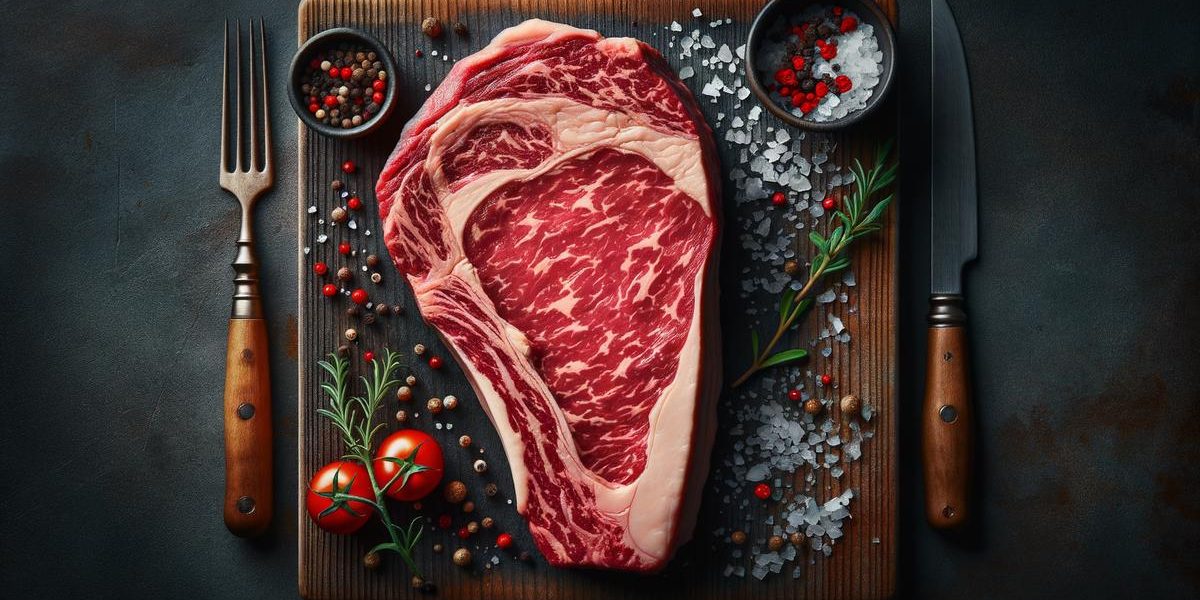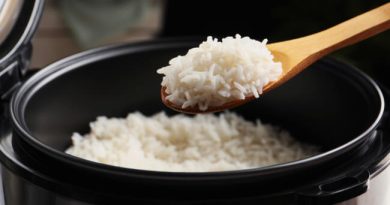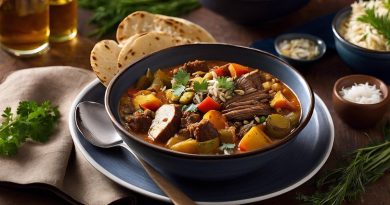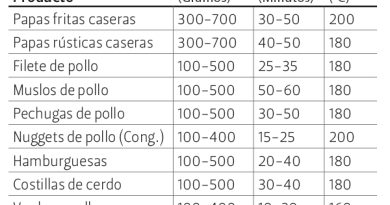Discover the Best Premium Meat Cuts
Visual Recognition of Marbling in Premium Meats
The art of selecting a cut of meat with excellent marbling can be challenging if we don’t know what to look for. Marbling refers to the intramuscular fat interspersed in the meat as fine veins of marble. It is this marbling that adds juiciness and flavor to every bite.
Here are some guidelines for selecting that perfect cut:
First, observe the piece. Good marbling is the distribution of fat within the muscle. Look for cuts where the fat appears evenly distributed; the ideal is an image similar to a starry sky, where each star plays its role without standing out. Experts agree that the best cuts come from the loin of the animal, as this is where the muscles are exercised less and the fat infiltrates optimally. Cuts like ribeye or strip loin are known for this characteristic. But don’t just stop at appearance. Feeling the texture will validate your choice. A high-quality cut will feel almost like velvet under your fingers, indicating that the fat is well interlaced within the muscle. Take it a step further by considering the origin of the cut. Nowadays, we value producers who take animal welfare seriously and opt for pasture-raised farming. This practice not only benefits the animals but also further refines the taste and texture of the meat. In summary: to identify excellent marbling, you need to observe the even distribution of fat, feel the silky texture of the cut, and consider the origin and farming practices of the supplier. Follow these guidelines, and soon you’ll be able to distinguish with an expert eye those meat cuts that will transform your barbecue into a top-notch culinary experience.
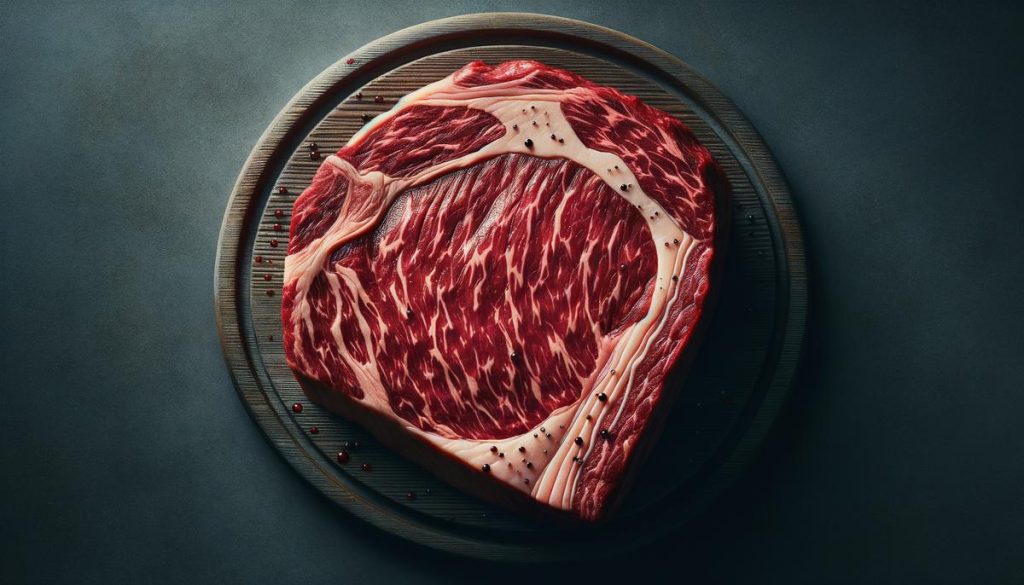
A high-quality beef cut, with excellent marbling and silky texture The Importance of Origin and Animal Treatment in Premium Meats
Humanitarian treatment of animals is not only a matter of ethics and morals but is also a determining factor in the quality of the meat that reaches our tables. When animals are raised in conditions of well-being, with sufficient space to move and feed properly, without unnecessary stress or suffering, the resulting meat is not only ethically preferable but, in many cases, superior in taste, texture, and overall quality.
The concept of free-range grazing is crucial here. Animals that have vast fields to roam and feed on natural grass develop unique muscle and meat texture. This varied and nutrient-rich diet translates into meat with an optimal balance of healthy fats, especially omega-3 fatty acids, very different from those animals kept in confinement.
The animals’ diet is another key piece. An animal whose diet is balanced and natural, excluding growth hormones and other additives, results in purer and healthier meat. This aspect not only benefits our health, reducing the risk of ingesting harmful substances but also positively impacts the meat’s flavor profile.
Respect for the environment and sustainability are an indissoluble part of this process. Conscious livestock practices not only provide a dignified life for animals but also promote ecosystem maintenance. This is reflected in meats that can be classified as organic, free of pesticides and other harmful substances, both for the consumer and our environment.
We increasingly appreciate that behind every cut of meat, there is a story; one that involves the creature that provided it and the method by which it was raised. Consciously choosing meat whose origin and treatment of animals adhere to high ethical and environmental standards is not only an act of individual responsibility but also a decision that supports producers committed to sustainable and humanitarian practices.
The quality of the meat we enjoy does not begin at the grill but on the farms and in the conscious decisions of both producers and consumers. The appropriate choice will not only be reflected in superior taste but also in a positive impact on our health, animal welfare, and the environment. Choosing wisely means recognizing that each purchase is an opportunity to change things for the better, one bite at a time.
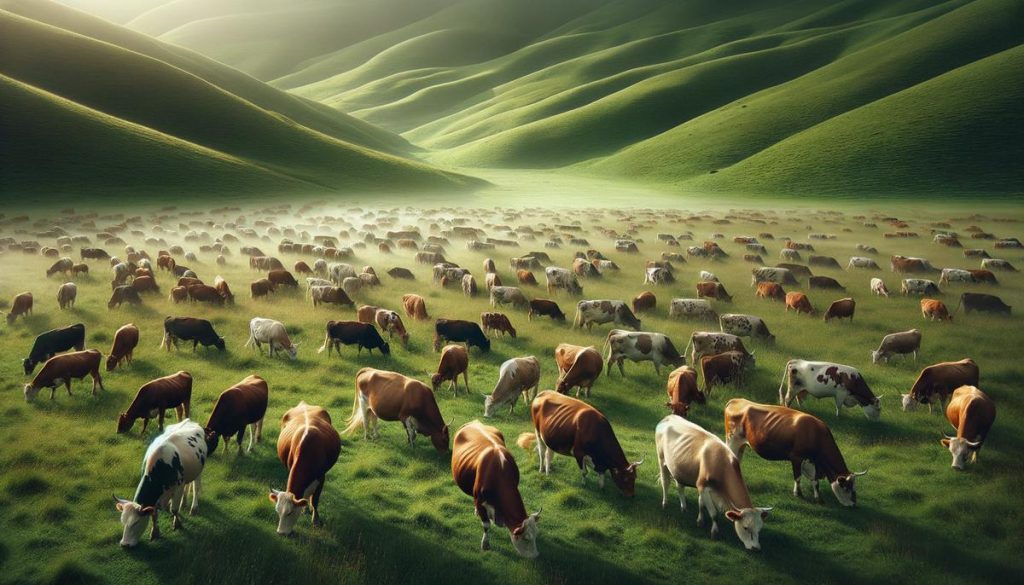
Cattle freely grazing in a vast green field, representing sustainable and humanitarian livestock practices In summary, beyond culinary techniques or seasonings employed, the true key to enjoying exceptional meat lies in its origin. Consciously selecting products that come from ethical and sustainable practices not only enhances our gastronomic experience but also contributes to a broader positive impact on animal welfare and the environment. Every decision counts; every bite carries with it a story worthy of appreciation.

